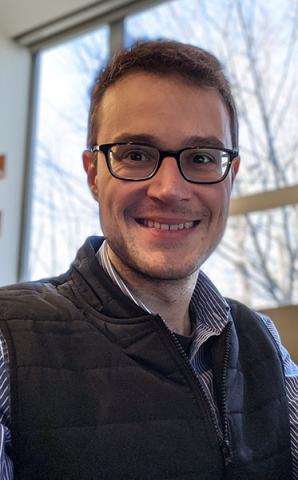Mathematical Modeling, Sparsity, and Data Compression in Neuroscience

Presented by Victor Barranca, Associate Professor of Mathematics and Statistics at Swarthmore College
Mathematics plays an increasingly crucial role in understanding the mechanisms underlying brain activity. This talk introduces several fundamental mathematical models and open problems in neuroscience, exploring how mathematical analysis may provide new solutions with the potential to facilitate technological advances in brain-machine interfaces and treat neurological disorders. We focus on visual stimuli, such as the very words in this abstract, and explore how they are encoded in the dynamics of neuronal networks of disparate sizes as well as connectivity structures. What potential mechanisms may preserve information across sensory bottlenecks and how are stimuli embedded in the dynamics of neuronal networks? We investigate this question in the context of a large-scale network model of the early visual system with nonlinear dynamics, discovering key insights from linear algebra and the recently developed theory of compressive sensing.
By efficiently reconstructing stimuli with sparse structure from the model network dynamics, we provide credence to the hypothesis that sensory systems have evolved to take advantage of the ubiquitous sparsity of natural stimuli. This framework underlines the central role of sparsity in information transmission through network dynamics, providing a new understanding of the structure-function relationship for high-dimensional networks with nonlinear dynamics. We expect similar principles could be leveraged experimentally in prosthetics and in the reconstruction of neuronal network connectivity.
Pizza and drinks will be provided. We hope to see you there!
- Sponsored by:
- Mathematics
Contact Organizer
Kervick, Elizabeth
ekervick@middlebury.edu
443-5565

